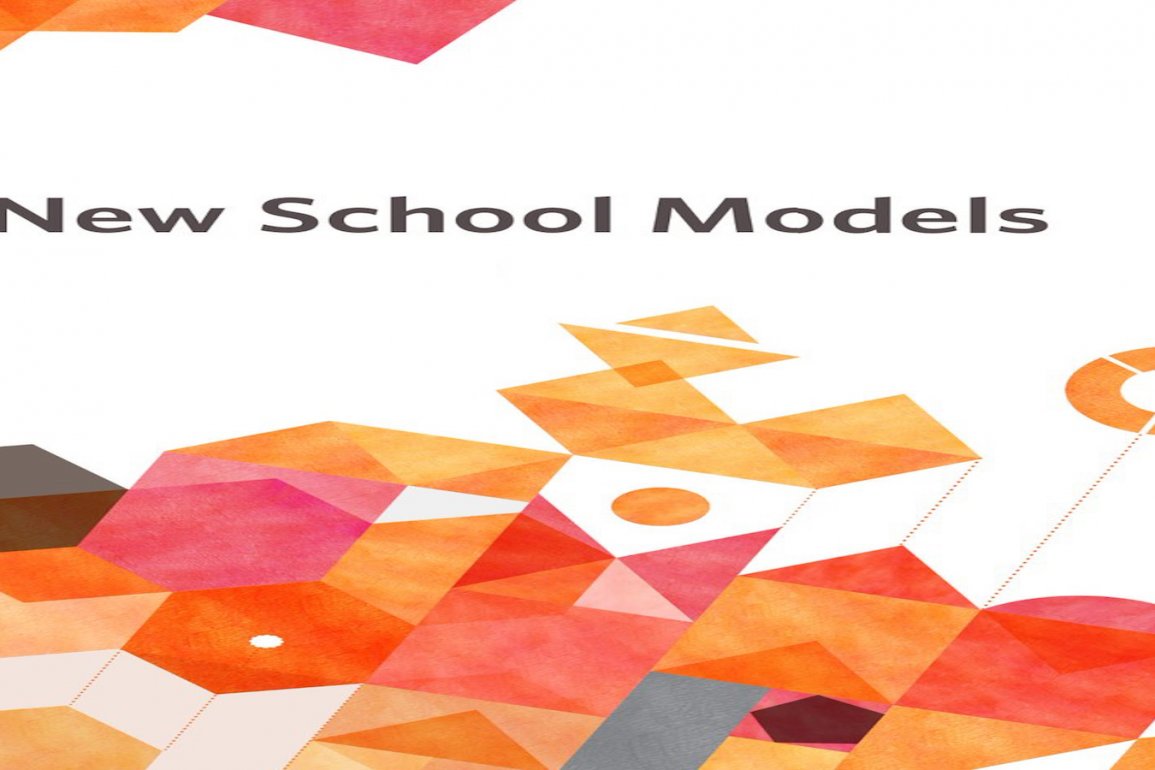By Susanna Carman for Enlivening Edge Magazine
Introduction by Jean-Paul Munsch, Guest Editor of EE Magazine’s Education edition:
A sophisticated article that focuses on one of the most unpopular themes in the discourse of school innovation: evidence. How do we know that our loved work is effective? By combining design-thinking, up-to-date technology, and well-founded strategy for school innovation, this crispy piece offers a model to innovate schools in rapid innovation cycles on a solid data base.
As a strategic designer, I find myself connecting ideas, people, and organisations in unexpected ways. My most recent discovery happened whilst working on three independent projects in seemingly divergent fields. At the time I had no idea how health research analytics, innovation in school design, and evaluation metrics were connected. It was only when I paused to look at the entirety of these projects through the prism of a comprehensive, strategic design framework that I was able to connect the dots.
The first signal came from an article by Stefanie Di Russo, Senior Consultant of Customer Strategy at Deloitte, Australia. In her article, Di Russo defined strategic design as an approach that “utilizes the best of a design process with the best of strategic frameworks to create super problem-solving approaches for particularly complex problems.”
Of particular interest was Di Russo’s implication that a well-considered strategic framework could take on complexity and actually win.
I read Di Russo’s article while working with a South Australian software company called GoAct. GoAct has created a platform for health researchers and clinicians that liberates fast, easy, and actionable data so they can deliver better health care models to their patients. What makes GoAct unique is its ability to pull data from over fifty apps, correlate qualitative and quantitative data, and provide fast and immediate dashboard views in ways that help inform the efficacy of an intervention.
Synchronously, I’d also been speaking with a team member at Transcend Education, a USA-based non-profit dedicated to accelerating innovation in the core design of schools. At Transcend, redesign pioneers are applying the best of rapid cycle, iterative design processes to test innovative ideas. When a great idea transforms into a working model worth scaling, research-based evidence of project efficacy is expected in order to secure ongoing support. Consequently, I discovered that rapid iterative cycles require new metric strategies and technologies to keep pace with the speed and immediacy indicative of perpetual beta testing.
The design challenge that emerged was strategic – something the school redesign movement was already considering: ‘How Might We’ create a strategy for measuring what we most value in a way that satisfies AND redefines current systemic parameters so true innovation can take place in school model design?
My intuitive response to the challenge:
- Integrate strategic design frameworks with agile technologies
- Build the system’s expressive capacity to talk about, measure, and analyse data in ways that satisfy itself and benefit the learner
Agile analytic platforms like GoAct resolve the speed and immediacy imperatives associated with gathering and interpreting complex metrics in fast, easy and actionable ways. Analytics tools like market leader Tableau and the technology-for-education platform, Brightbytes, are also gaining traction. However, GoAct’s mastery at correlating quantitative and qualitative data is facilitating game-changing results in the health research sector.

Super problem-solving strategic frameworks like the above image of Dr. Sean Esbjorn-Hargens’ MetaCapital Framework (MCF) build the expressive and receptive capacities for stakeholders to talk about metrics as formative instruments that facilitate “virtuous cycles” of learning. The MCF has the potential to link metrics with impact in ways that allow designers of new school models to:
- Determine what tacit value in a system is worth measuring
- Recognise the value bias already present in the system
- Talk about and evaluate program efficacy in terms of both explicit and implicit value
- Include quantitative and qualitative metrics in their evaluations
- Match the right type of evaluation instruments with what is considered most valuable by multiple stakeholders in the system
In a nutshell, MCF contextualizes the metrics side of systems design in a way that generates stakeholder engagement and carefully considers tacit value. Agile technologies, like GoAct, do all the heavy lifting so that multiple data sets are fast, easy, and actionable. When combined, these tools have the potential to meet the demands of rapid iterative design cycles and accelerate innovation in the core design of schools.
Strategic designers are always paying careful attention to everything they see, hear, and experience for the purpose of weaving together an imagined future. In the context of design, connecting the dots is a compulsion put to good use. This quality of inherent curiosity is more than a practice; it is a way of being that facilitates the connection of ideas, people, and experiences to produce unexpected outcomes. Perpetual curiosity, receptivity, and timelines are primary conditions for emergence, and why engaging a strategic designer to find super problem-solving approaches for particularly complex problems is worth the investment.

Susanna Carman is a strategic designer, researcher, facilitator, and writer specialising in Design Leadership and Creative Intelligence. With backgrounds in adult development, design, brand, business strategy, and the arts, Susanna works with leaders of enterprise and organisations to embed Design Thinking into the cultural fabric of human systems. For more information about how the best of design processes and the best of strategic frameworks can help you solve complex problems, contact SC Design or email [email protected]. Please visit www.susannacarman.com.




